Types and uses of milling cutters
Release time:
2025-03-18
Author:
Source:
Types and uses of milling cutters
Types and Uses of End Mills
Milling cutters are important metal-cutting tools that are widely used in mechanical processing. According to different classification criteria, milling cutters can be divided into various types, each with its specific use. Here are some common types of milling cutters and their uses:
1. Face Mill
Application A face milling cutter is primarily used for performing planar cuts on the surface of a workpiece. It features multiple cutting edges, enabling simultaneous machining of several surfaces and thus improving processing efficiency. This type of cutter finds extensive use in the manufacturing of various mechanical components, such as flat surfaces, grooves, and keyways, among others.
2. Vertical Milling Cutter
Application: A straight end mill is used on a vertical milling machine for vertical cutting. It typically has a longer shank to facilitate operation on a vertical milling machine. Straight end mills are suitable for processing various shapes of grooves, holes, and curved surfaces, etc.
3. Ball Nose Mill
Application A ball nose end mill has a spherical cutting tip and is used for machining spherical or curved surface features. It is commonly employed in mold making and carving processing, suitable for machining spherical holes, spherical grooves, and spherical curved surfaces, among others.
4. T-Slot Milling Cutter
Application: T-slot milling cutters are specifically designed for machining T-slots, commonly used in the manufacturing of machine tools and clamping fixtures. They feature a unique tooth profile that enables fast and accurate cutting of T-slots, improving work efficiency.
5. Gear Mill
Application: Gear milling cutters are specifically designed for machining gears and are commonly used in the manufacturing of gearboxes and transmission devices. They feature special tooth-shaped cutting teeth that can precisely process the gear's tooth profile, ensuring the transmission accuracy of the gear.
6. Slotting Mill
Application: Slotting mills are used for cutting slots, often employed in machining keyways and grooves, etc. They feature a special tooth shape that allows for fast and accurate cutting of variously shaped slots.
In addition to the aforementioned milling cutters, there are several other specialized types that cater to specific machining needs. For instance, the **chamfer mill** is designed to create beveled edges on workpieces, which is essential in both aesthetic applications and to facilitate assembly by eliminating sharp corners. This cutter typically features a tapered cutting edge that allows for precise angle adjustments, making it a versatile tool in the finishing stages of machining.
Another important type is the **corner radius end mill**, which is used to create rounded corners on a workpiece. This cutter not only enhances the durability of the finished product by reducing stress concentrations at corners but also improves the aesthetic appeal. Corner radius end mills are particularly beneficial in applications where tight tolerances and smooth finishes are required, such as in aerospace and automotive components.
Furthermore, the **plunge milling cutter** is designed for deep cutting operations, allowing for the machining of deep cavities or pockets in a workpiece. This type of cutter is characterized by its ability to plunge vertically into the material, making it ideal for creating features like deep slots or holes without the need for extensive horizontal movement.
Lastly, the **indexable insert milling cutter** has gained popularity due to its flexibility and cost-effectiveness. These cutters utilize replaceable inserts that can be changed when worn, allowing for extended tool life and reduced downtime in manufacturing processes. They can be configured for various applications, from face milling to slotting, making them a valuable addition to any machining setup.
In conclusion, the diversity of milling cutters available today enables manufacturers to select the most suitable tools for their specific machining tasks. Understanding the unique characteristics and applications of each type of cutter can significantly enhance productivity and quality in metalworking operations. As technology continues to evolve, we can expect further innovations in milling cutter design, improving efficiency and precision in the manufacturing sector.
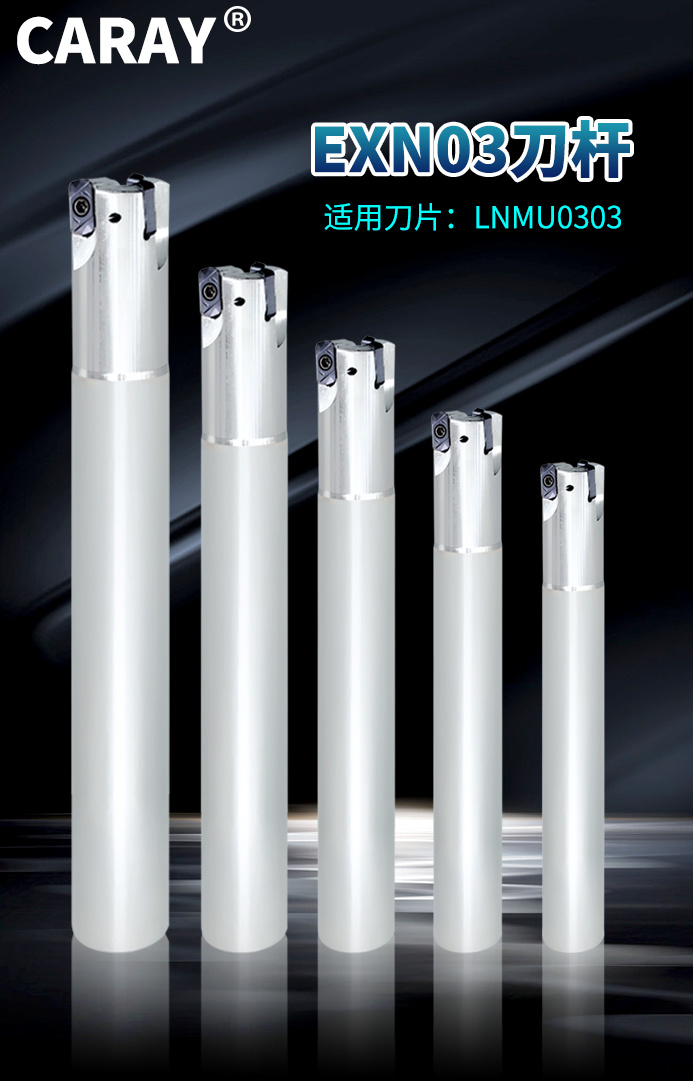
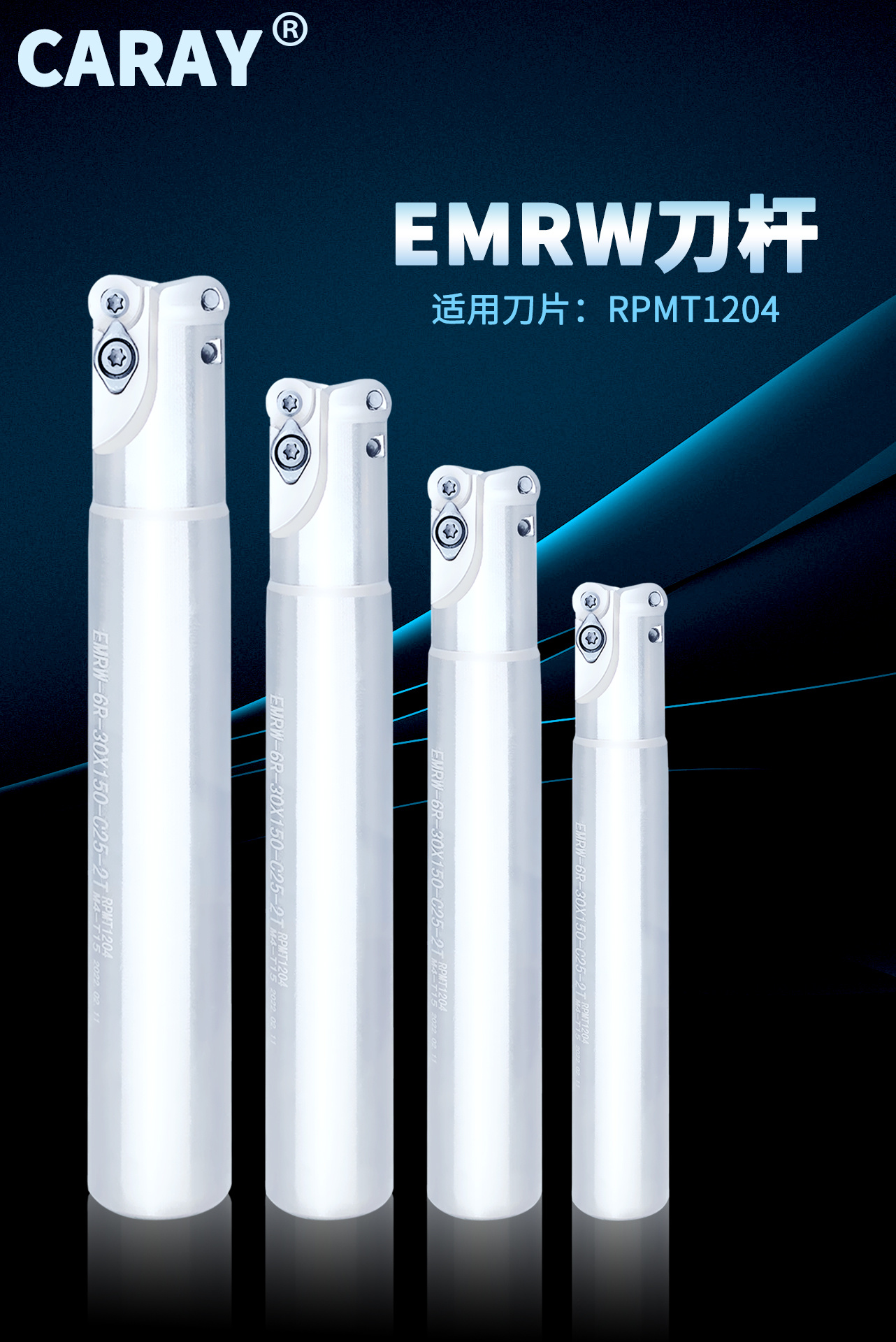
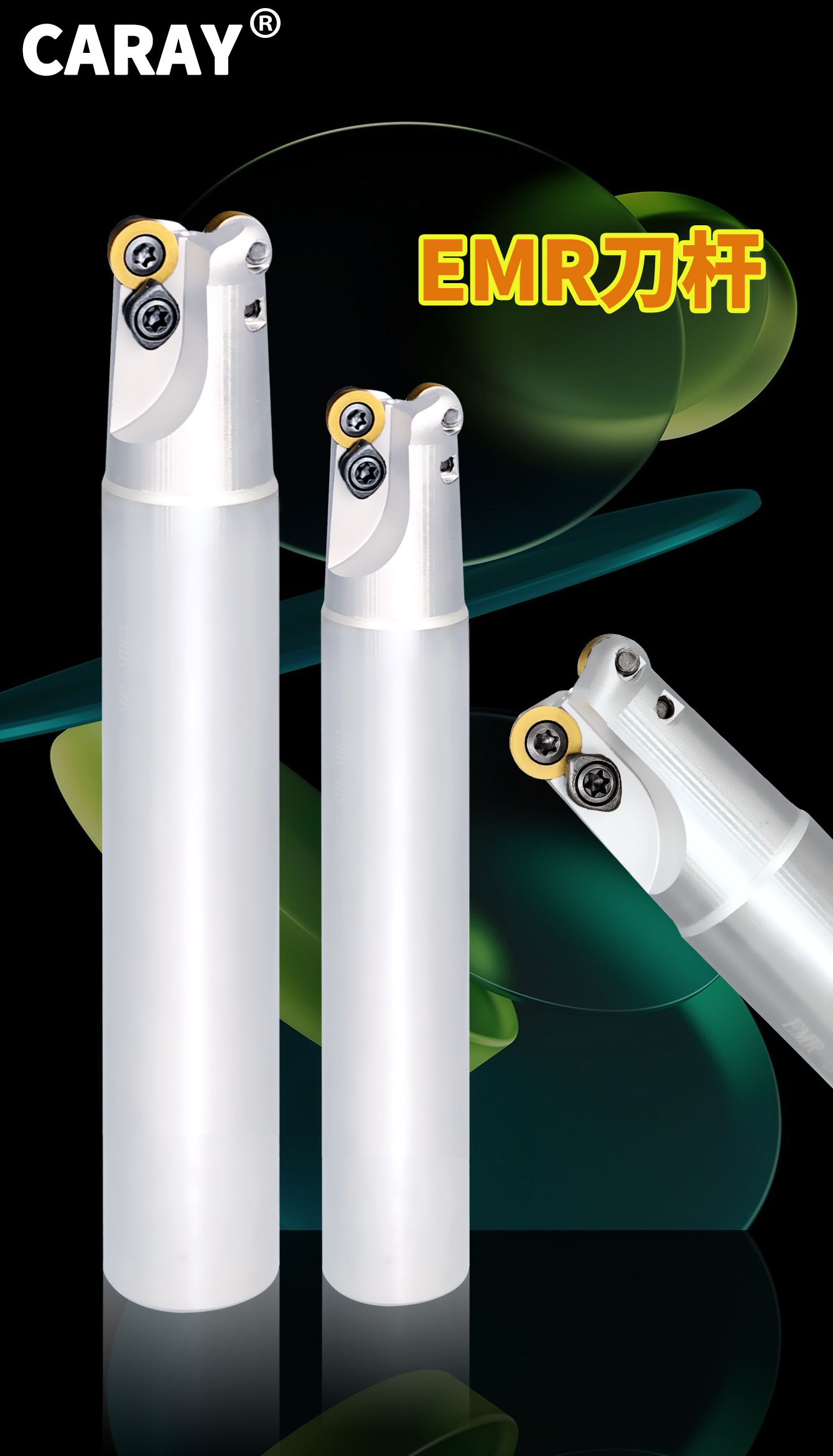
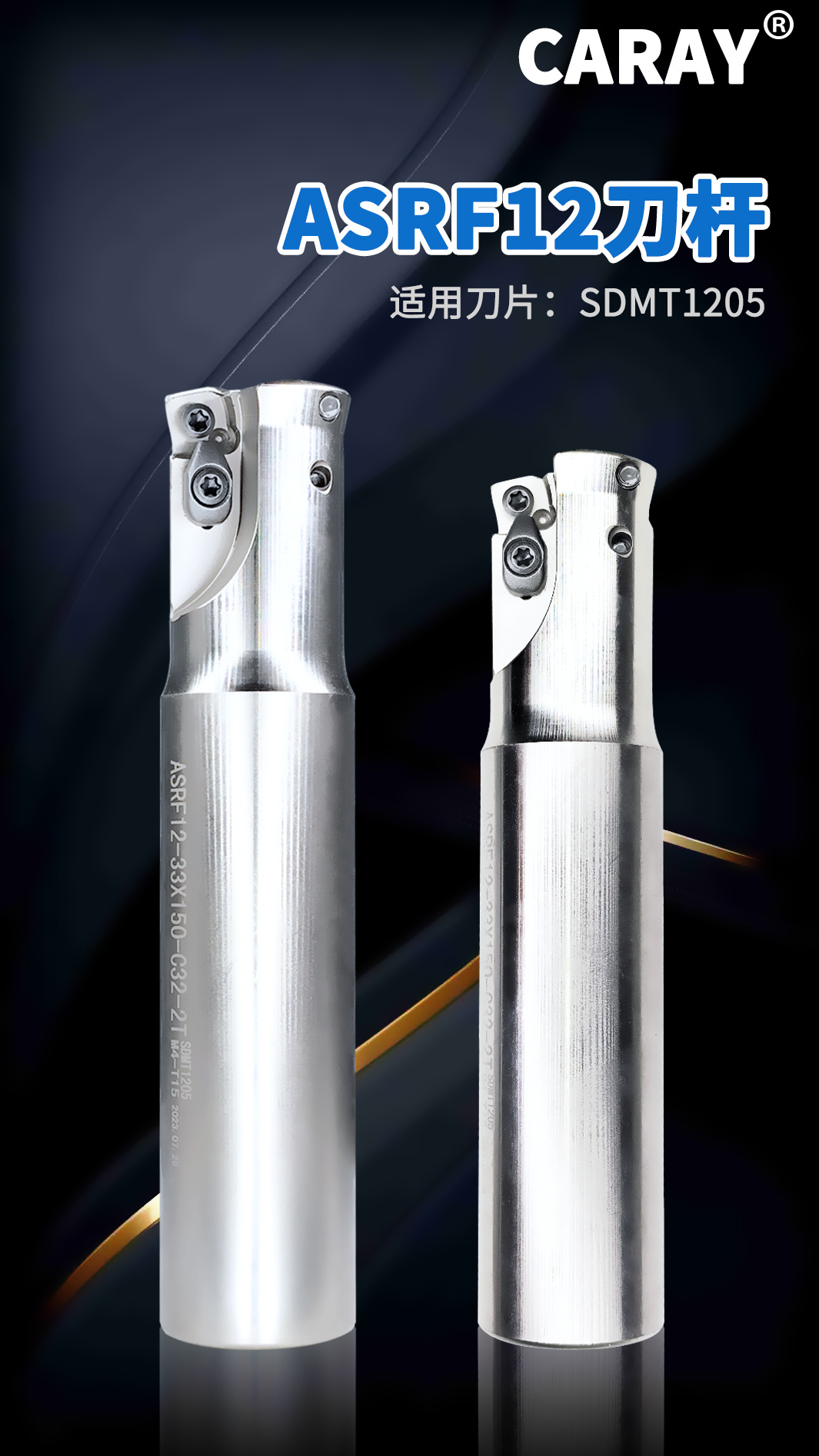
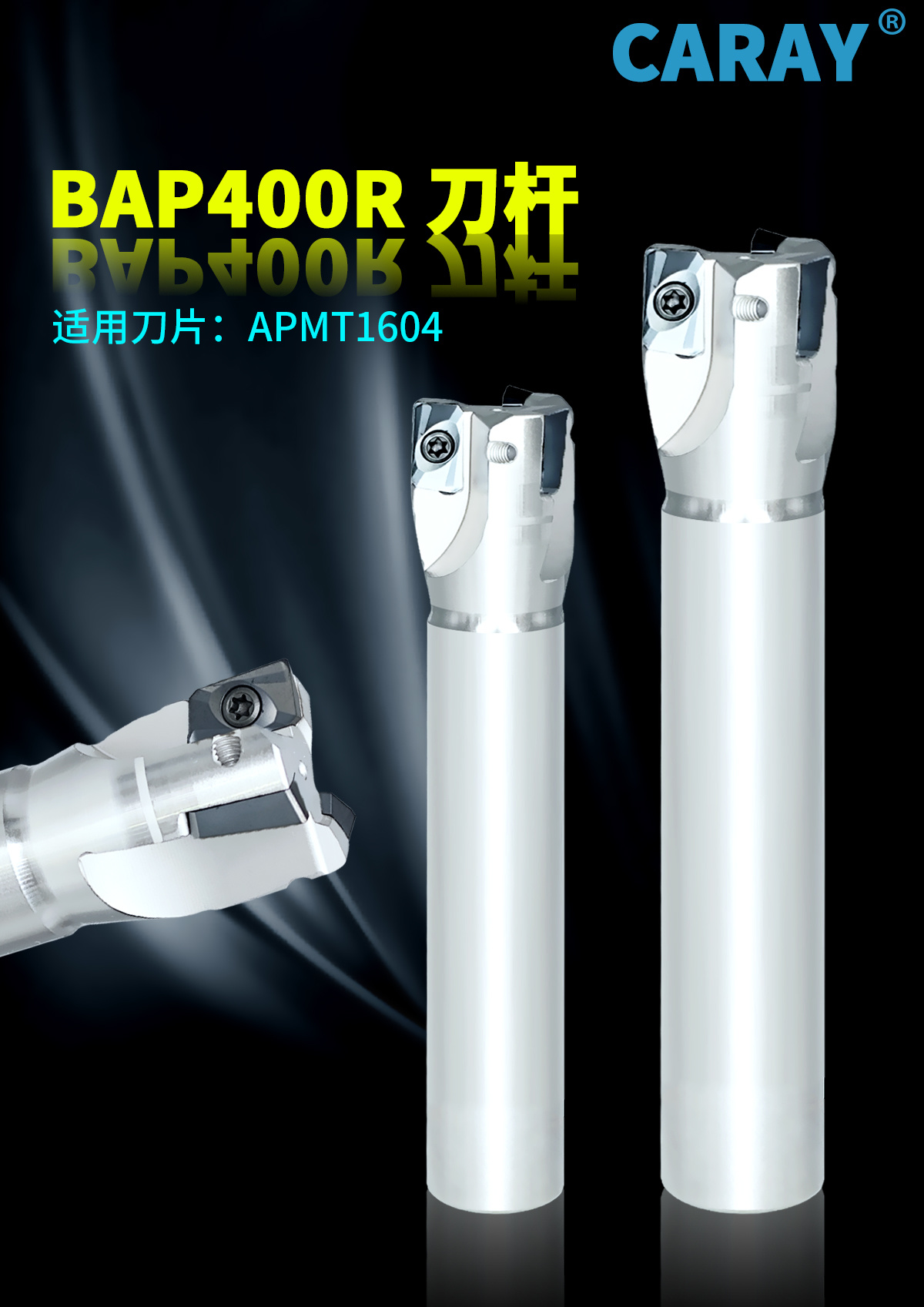
Key words:
indexable end mill,shoulder end mill,shoulder mill
Latest News
BAP Right angle shoulder face mill
2025-04-28
2025-04-19
XSEQ three-sided blade milling cutter plate
2025-04-11
East end of Nan Huan Road, Pingyuan County, Dezhou City, Shandong Province, China
WhatsApp:











